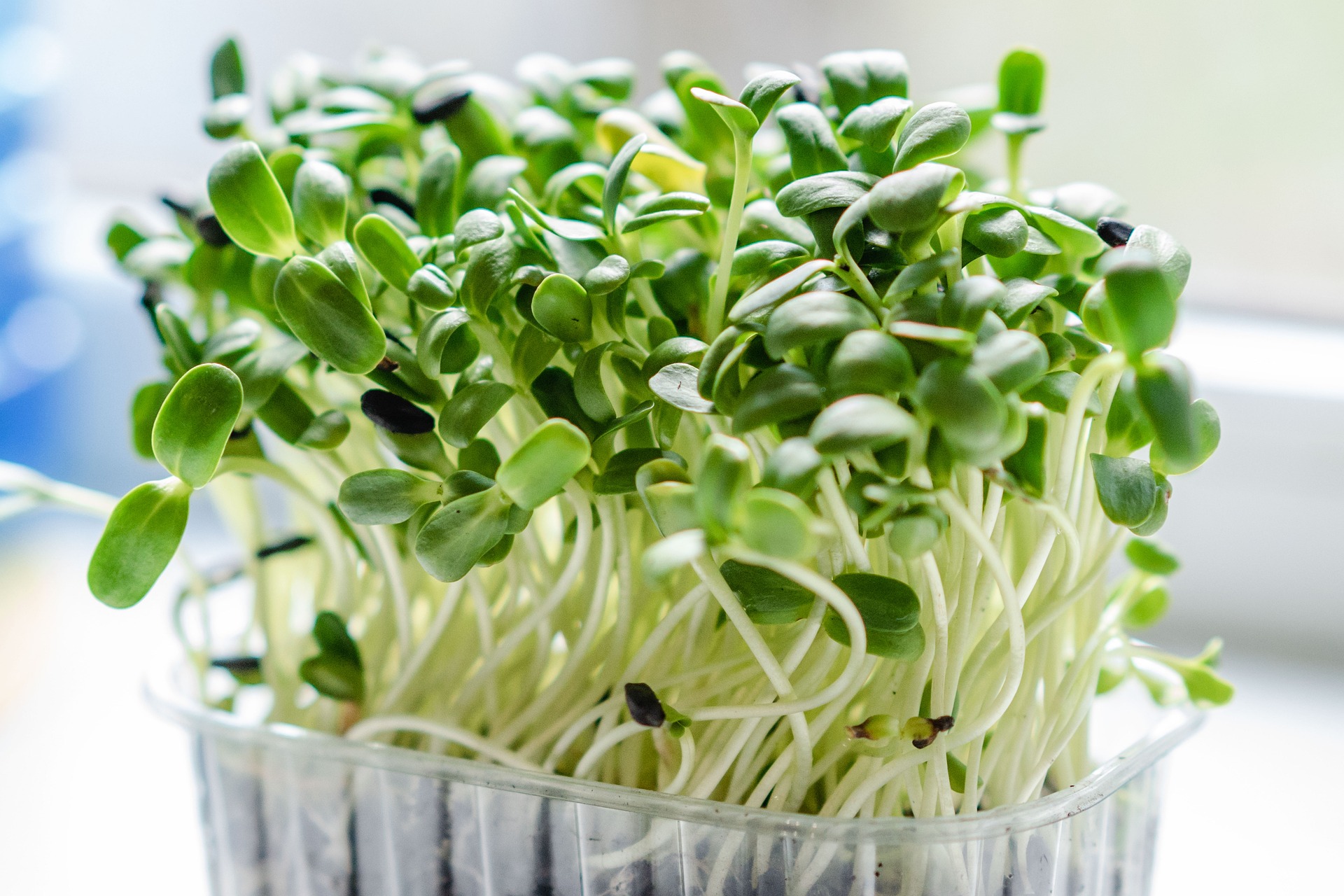Elevating Everyday Meals with Microgreens
Microgreens: tiny powerhouses of flavor and nutrition that pack a punch far beyond their size. These vibrant, miniature versions of familiar vegetables and herbs are taking the culinary world by storm, offering a fresh twist to both home-cooked meals and fine dining experiences. Join us as we explore the exciting world of microgreens and discover how these diminutive delights can transform your cooking.

Growing Your Own Gourmet Garden
One of the most appealing aspects of microgreens is their accessibility. With minimal space and effort, anyone can cultivate these miniature marvels at home. All you need is a shallow tray, some soil, seeds, and a sunny windowsill. Within a week or two, you’ll have a lush carpet of microgreens ready to harvest. This DIY approach not only ensures the freshest flavors but also allows for experimentation with unique varieties that may not be readily available in stores.
Nutritional Powerhouses in Miniature Form
Don’t let their size fool you – microgreens are nutritional giants. Research has shown that these tiny plants can contain up to 40 times more nutrients than their mature counterparts. Rich in vitamins C, E, and K, as well as carotenoids and antioxidants, microgreens offer a concentrated dose of health benefits in every bite. Incorporating these nutrient-dense greens into your diet can boost your immune system, support heart health, and contribute to overall well-being.
Culinary Applications: From Garnish to Star Ingredient
While microgreens have long been used as a garnish in high-end restaurants, their potential extends far beyond mere decoration. These versatile greens can be incorporated into a wide range of dishes, adding depth, complexity, and visual appeal. Try sprinkling spicy microgreens over a creamy soup for a burst of flavor, or blend them into smoothies for a nutritional boost. Microgreens can even star in salads, sandwiches, and wraps, providing a fresh and vibrant alternative to traditional leafy greens.
Pairing Microgreens with Global Cuisines
The diverse flavors of microgreens make them an excellent companion to various global cuisines. Experiment with cilantro microgreens in Mexican dishes, basil microgreens in Italian recipes, or wasabi microgreens in Japanese-inspired meals. The possibilities are endless, and the subtle nuances of different microgreen varieties can add an unexpected twist to familiar dishes, encouraging culinary exploration and creativity in the kitchen.
Microgreen Magic: Tips and Facts
• Microgreens are typically harvested 7-14 days after germination.
• Popular microgreen varieties include arugula, beet, kale, and sunflower.
• Store microgreens in the refrigerator, unwashed, for up to a week.
• Microgreens can be grown year-round indoors, providing fresh greens even in winter.
• Some microgreens, like red cabbage, can contain up to 40 times more vitamin E than mature cabbage.
As we’ve seen, microgreens offer a world of culinary possibilities in a tiny package. From their ease of cultivation to their nutritional benefits and versatile applications, these miniature greens are poised to make a big impact on how we approach cooking and eating. By incorporating microgreens into your culinary repertoire, you’ll not only elevate the flavor and visual appeal of your dishes but also boost their nutritional value. So why not embark on your own microgreen adventure? Your taste buds – and your body – will thank you for it.





